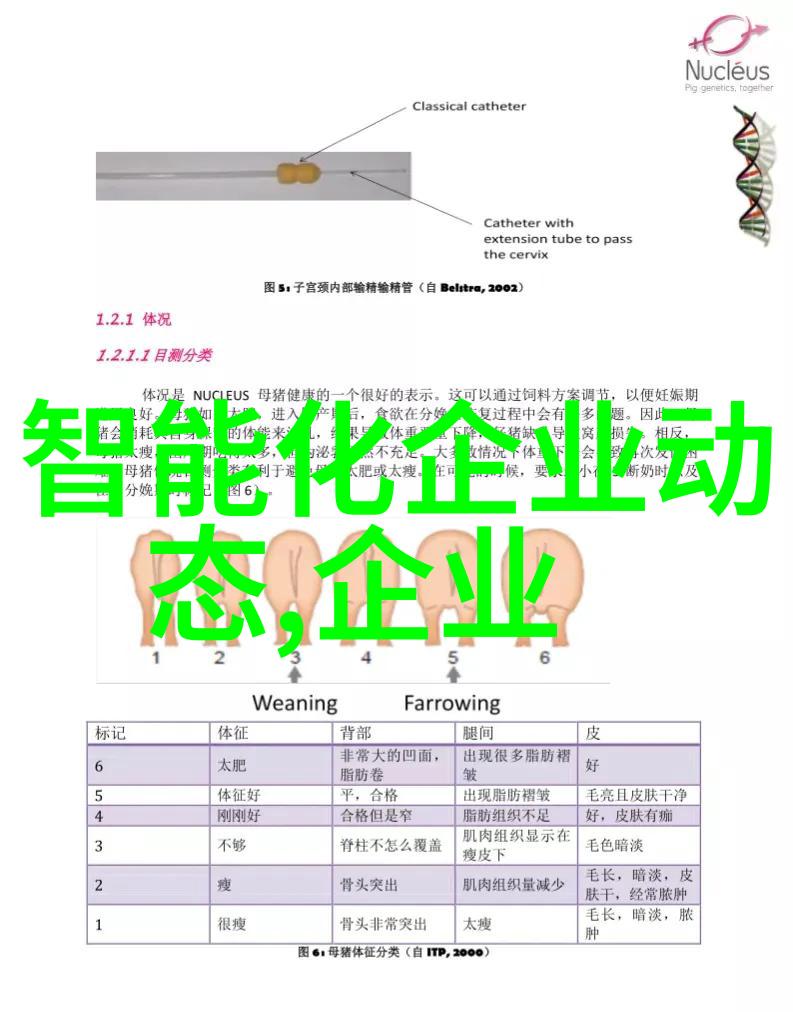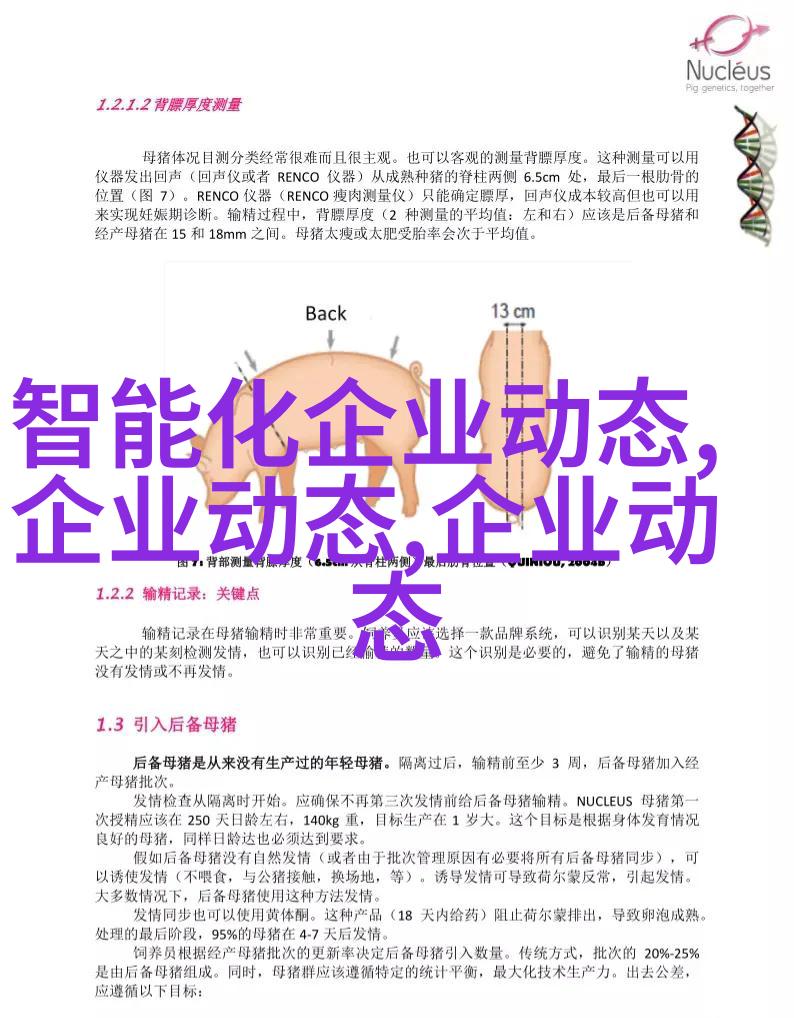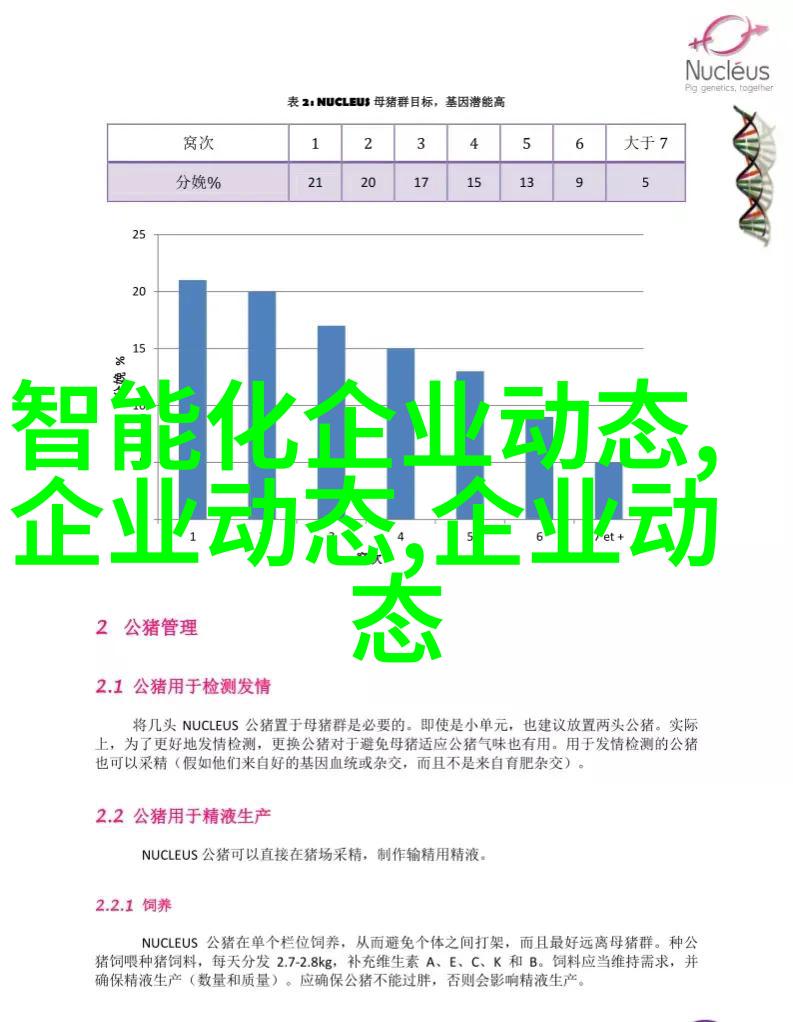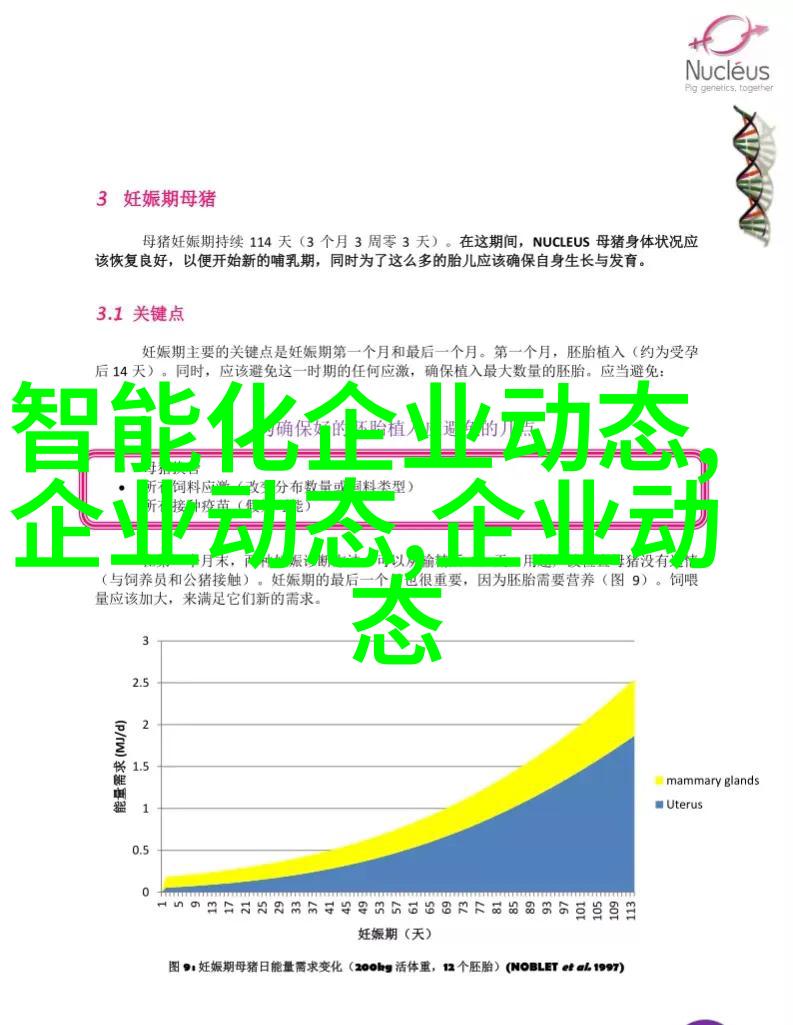2025-05-23 企业动态 0
Fixed bed reactors are widely used in various industrial processes, including chemical synthesis, catalytic reactions, and gas processing. A fixed bed reactor is a type of continuous flow reactor where the reactants flow through a stationary packed bed of solid catalyst or absorbent. The packed bed can be made up of various materials such as activated carbon, zeolites, and metal oxides.

The term "simplified diagram" refers to a visual representation of the fixed bed reactor's internal structure and components. It helps engineers and researchers understand the fundamental principles behind its operation and design.
A typical simplified diagram for a fixed bed reactor includes several key components:

Inlet: This is where reactants enter the system. They may be gases or liquids depending on the specific application.

Packed Bed: This is where most of the action takes place in terms of chemical reactions or mass transfer between phases (gas-solid or liquid-solid). The packed bed consists of particles that act as catalysts or adsorbents.
Outlet: After passing through the packed layer, products leave this section before being collected for further processing.

Heat Exchanger: Some reactors might have an integrated heat exchanger to control temperature during reaction conditions.
Reactor Vessel/Shell: This contains all other parts together with providing structural support to maintain pressure integrity.

By examining these components within a simplified diagram for a fixed Bed Reactor one can gain valuable insights into how it functions effectively:
How does it handle different types/reactivity levels?
What factors influence overall efficiency?
Are there any limitations based on size & scale-up issues?
Can we use this concept for new applications beyond traditional uses?
Moreover, understanding each component individually allows us to appreciate their importance in achieving optimal performance when combined within this process setup:
Understanding inlet properties will give you insight into how initial conditions affect outcomes
Studying heat exchangers reveals potential energy losses if not properly managed
Analyzing outlet results provides information about final product quality
In conclusion by analyzing both individual elements along with their interactions within this process set up using simple diagrams one gains knowledge which can improve overall efficiency while minimizing costs associated with trial-and-error approaches; allowing better utilization resources thus contributing towards sustainable development goals